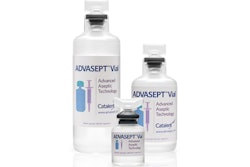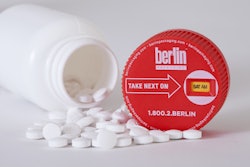Nearly half of the 1.34 million calls to poison centers for children each year are related to medicine, according to a new report issued by Safe Kids Worldwide.
The report, "Medicine Safety for Children: An In-Depth Look at Calls to Poison Centers,” shows that teens are also at risk for unintentional medicine poisoning. For example, the percent of 15-19 year olds experiencing a serious outcome is more than six-times greater than the percent for 1-4 year olds, according to the report.
Why is this alarming? There are about 10,000 emergency department visits a year for medicine overdose by adolescents self-administering over-the-counter medicine, the report said.
Looking at specific medicines, for children under 4 years old, the most common medicines kids get into are ibuprofen, multivitamins, and diaper care and rash products.
"It’s easy to think that these everyday over-the-counter items are not as dangerous, but they can be very harmful if taken the wrong way," explained Safe Kids Worldwide in a press release. "Iron and calcium in multivitamins can be poisonous if too many are taken."
In 43 percent of emergency department visits resulting from young children getting into medicine, the medicine belonged to a grandparent, aunt or uncle. Most frequently, children get into misplaced drugs found on the ground, on the nightstand, or in a purse.





















